*This post may contain affiliate links. As an Amazon Associate we earn from qualifying purchases.
Having sticky tires on your RC car is very important for different aspects of driving whether you want to be able to handle corners better or if you want to get a more effective braking distance.
There are many different ways that you can make your RC rock crawler tires more sticky. Some of the most common ways are by using:
Yes I know some of those sound quite odd however some people swear by these and many other odd compounds to make their RC crawler tires have better grip.
A lot of RC racers have been able to get a better grip on their RC tires by using Simple Green. With Simple Green, you can ensure that your car tires are more sticky and that you can get a better racing experience.
Just get Simple Green, a brush, and a bucket to fill with water. After racing, use a generous amount of Simple Green to spray the tires and then use a brush to get the dirt off the tires. After that, dip the brush into the water in the bucket to clean off the brush. While the brush is still wet and dripping, brush the Simple Green off the car’s tires and then use a towel to dry them. Next, spray a light mist on the whole tire and let it have some time to dry.
If it is hot out or you are doing this process in the sun then you will want to lightly dry the tires with a towel. Remember not to soak the tires in the water, or you will have water getting into the air holes of the tires and soaking the foam.
Now, apart from using Simple Green, you can use virtually all of the other methods mentioned above as well as a variety of other compounds that you can use. There are even some compounds that are specifically designed for getting extra grip with your RC tires.
One such unique compound is Sticky Kicks (found here).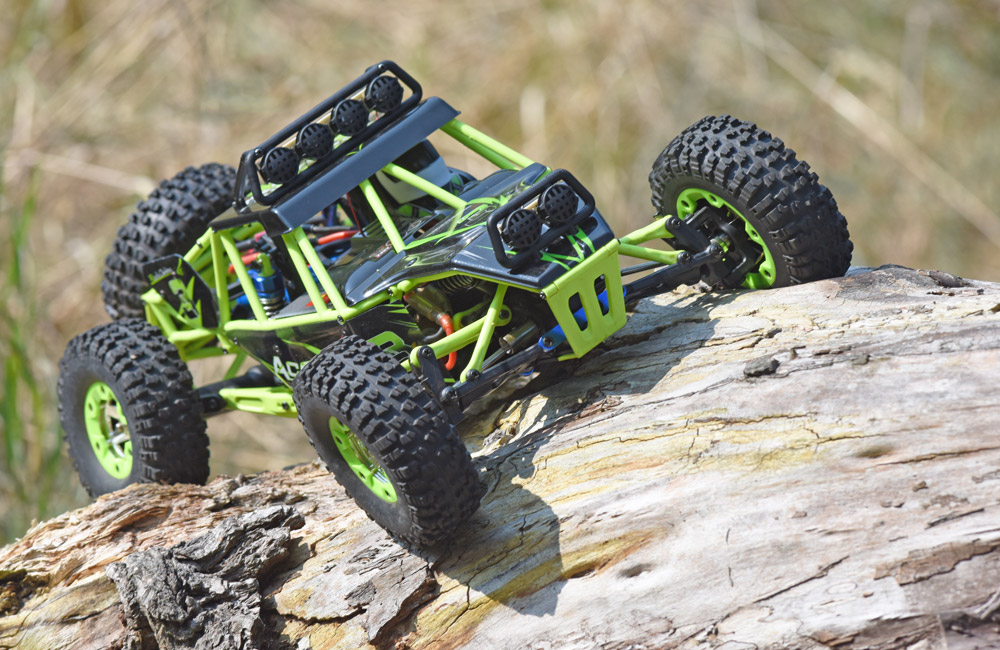
There are also some other things you can do to make the tires of your RC crawler more sticky as well as offer you better grip. Some of these will only work in certain situations so it certainly isn’t one size fits all just like what you would put on the tires.
Especially during the winter, it can be quite difficult to have a peaceful run with your RC car. Dealing with ice, snow, and maybe even the sun sometimes can be quite the challenge, and this can make driving in weather like the winter especially frustrating.
When you are using a rock crawler in the winter season or even in the spring when the terrain is wet from thawing or rain getting your RC crawler to get good traction can be even more difficult so we will talk about some additional things that you can try during these times of the year to try and get more grip.
Adding weight to the rear of your RC vehicle is a great way to gain traction in slippery and wet conditions.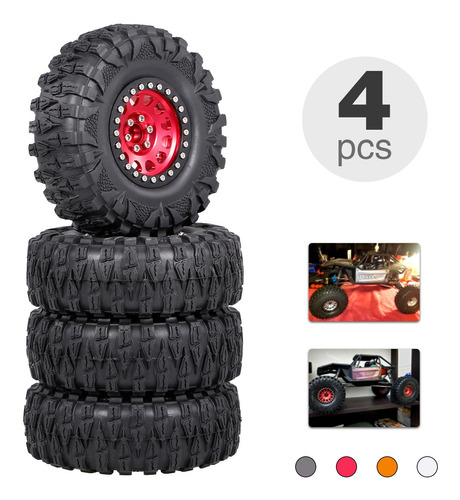 This is typically thought of as something that you will do with a normal vehicle and not an RC but if your rock crawler is rear wheel drive then extra weight will help it get more traction.
This is typically thought of as something that you will do with a normal vehicle and not an RC but if your rock crawler is rear wheel drive then extra weight will help it get more traction.
Of course when adding any extra weight you have to be careful that it isn’t in a place that could cause your RC crawler to roll and also make sure that your engine can handle the extra weight as well.
As long as you make sure both of those things are fine then the extra weight can be helpful in getting better grip on any terrain you are climbing over.
Here’s another very effective way to get more grip with your RC tires. If you are driving through snow, mud, etc. driving in the worn path will allow you to not spin your tires as much which in turn will help you get through the terrain or course more than easily because of the better grip.
If another RC car has already gone through the snow or mud and cleared the path for you, racing your own RC car will be a lot easier, and you won’t need to bother about finding your way through or repeatedly getting your RC car stuck When you stay on tracks that have already been previously clearly defined, your stress is significantly reduced, and your vehicle will surely have a better grip.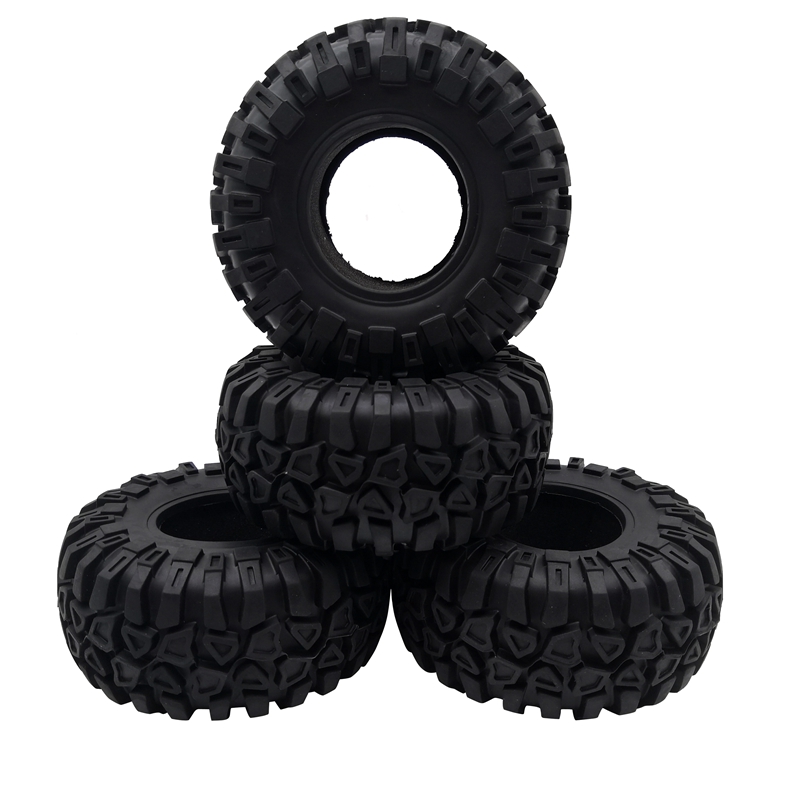
Another thing to remember is that if the snow is packed very tightly, it can still be slippery, so an important thing to do is to adjust your speed to the present conditions. Don’t expect your RC car to climb near as fast if the conditions aren’t perfect!
No, not for yourself but for your RC vehicle. Getting a pair of tire socks can help a decent amount. These are really only useful when your grip would otherwise be really bad such as with snow or ice but they can work amazingly during that time and allow you to use your RC car throughout the year.
Again, under normal conditions these “socks” will slow down your crawler too much to be useful but in certain conditions they can be just what you need to make the climb. These tire socks are more traditionally seen on normal vehicles but you can make your own to allow your tires to get better grip.
There are some tires that are designed to be used both on the road and off but if you are trying to get as much traction as possible with your rock crawler you will want to purchase tires that are specifically designed for off road use.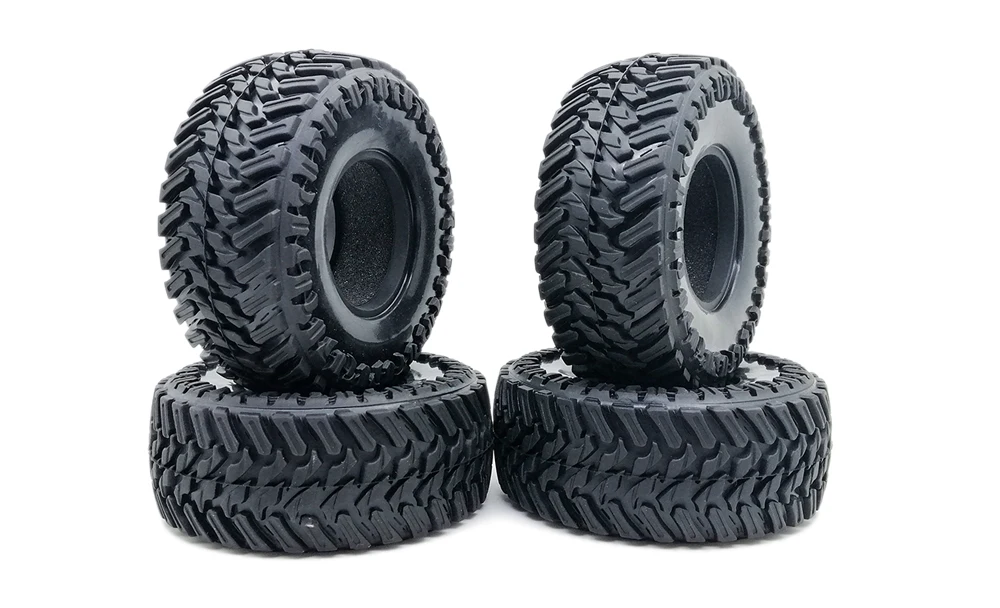
These tires will be able to handle wet or muddy conditions better and they can even help if you are using your RC crawler on snow or ice as well.
Even if you already have off road tires it is important to consider how old and worn they are as well. Just like traditional tires the more your RC tires are used the less grip they will have as the tread starts to wear down.
If you have noticed that your RC crawler has started to have more and more grip issues over time then it might be a sign that you need to get a new set of tires. If you find yourself with this issue you can buy new off-road tires online by clicking here.
Whether it’s winter or not, having as good of grip as possible for your rock crawler is one of the most important aspects of racing or climbing because you can’t do good in a race without having good grip.
Applying the above-listed tips are sure to help you get the most out of your ride as they provide a better grip for excellent control and handling. Also, keep in mind that new tires will always win if you’re looking to get a really good grip out there on the track or while climbing terrrain.
Also, keep in mind that new tires will always win if you’re looking to get a really good grip out there on the track or while climbing terrrain.
*This post may contain affiliate links. As an Amazon Associate we earn from qualifying purchases.
Having sticky tires on your RC car is very important for different aspects of driving whether you want to be able to handle corners better or if you want to get a more effective braking distance.
There are many different ways that you can make your RC rock crawler tires more sticky. Some of the most common ways are by using:
Yes I know some of those sound quite odd however some people swear by these and many other odd compounds to make their RC crawler tires have better grip.
A lot of RC racers have been able to get a better grip on their RC tires by using Simple Green. With Simple Green, you can ensure that your car tires are more sticky and that you can get a better racing experience.
Just get Simple Green, a brush, and a bucket to fill with water. After racing, use a generous amount of Simple Green to spray the tires and then use a brush to get the dirt off the tires. After that, dip the brush into the water in the bucket to clean off the brush. While the brush is still wet and dripping, brush the Simple Green off the car’s tires and then use a towel to dry them. Next, spray a light mist on the whole tire and let it have some time to dry.
If it is hot out or you are doing this process in the sun then you will want to lightly dry the tires with a towel. Remember not to soak the tires in the water, or you will have water getting into the air holes of the tires and soaking the foam.
Now, apart from using Simple Green, you can use virtually all of the other methods mentioned above as well as a variety of other compounds that you can use.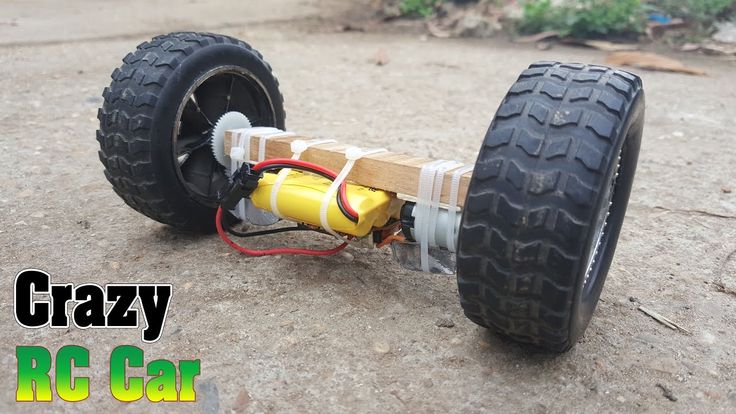 There are even some compounds that are specifically designed for getting extra grip with your RC tires.
There are even some compounds that are specifically designed for getting extra grip with your RC tires.
One such unique compound is Sticky Kicks (found here).
There are also some other things you can do to make the tires of your RC crawler more sticky as well as offer you better grip. Some of these will only work in certain situations so it certainly isn’t one size fits all just like what you would put on the tires.
Especially during the winter, it can be quite difficult to have a peaceful run with your RC car. Dealing with ice, snow, and maybe even the sun sometimes can be quite the challenge, and this can make driving in weather like the winter especially frustrating.
When you are using a rock crawler in the winter season or even in the spring when the terrain is wet from thawing or rain getting your RC crawler to get good traction can be even more difficult so we will talk about some additional things that you can try during these times of the year to try and get more grip.
Adding weight to the rear of your RC vehicle is a great way to gain traction in slippery and wet conditions. This is typically thought of as something that you will do with a normal vehicle and not an RC but if your rock crawler is rear wheel drive then extra weight will help it get more traction.
Of course when adding any extra weight you have to be careful that it isn’t in a place that could cause your RC crawler to roll and also make sure that your engine can handle the extra weight as well.
As long as you make sure both of those things are fine then the extra weight can be helpful in getting better grip on any terrain you are climbing over.
Here’s another very effective way to get more grip with your RC tires. If you are driving through snow, mud, etc. driving in the worn path will allow you to not spin your tires as much which in turn will help you get through the terrain or course more than easily because of the better grip.
If another RC car has already gone through the snow or mud and cleared the path for you, racing your own RC car will be a lot easier, and you won’t need to bother about finding your way through or repeatedly getting your RC car stuck When you stay on tracks that have already been previously clearly defined, your stress is significantly reduced, and your vehicle will surely have a better grip.
Another thing to remember is that if the snow is packed very tightly, it can still be slippery, so an important thing to do is to adjust your speed to the present conditions. Don’t expect your RC car to climb near as fast if the conditions aren’t perfect!
No, not for yourself but for your RC vehicle. Getting a pair of tire socks can help a decent amount. These are really only useful when your grip would otherwise be really bad such as with snow or ice but they can work amazingly during that time and allow you to use your RC car throughout the year.
Again, under normal conditions these “socks” will slow down your crawler too much to be useful but in certain conditions they can be just what you need to make the climb. These tire socks are more traditionally seen on normal vehicles but you can make your own to allow your tires to get better grip.
These tire socks are more traditionally seen on normal vehicles but you can make your own to allow your tires to get better grip.
There are some tires that are designed to be used both on the road and off but if you are trying to get as much traction as possible with your rock crawler you will want to purchase tires that are specifically designed for off road use.
These tires will be able to handle wet or muddy conditions better and they can even help if you are using your RC crawler on snow or ice as well.
Even if you already have off road tires it is important to consider how old and worn they are as well. Just like traditional tires the more your RC tires are used the less grip they will have as the tread starts to wear down.
If you have noticed that your RC crawler has started to have more and more grip issues over time then it might be a sign that you need to get a new set of tires. If you find yourself with this issue you can buy new off-road tires online by clicking here.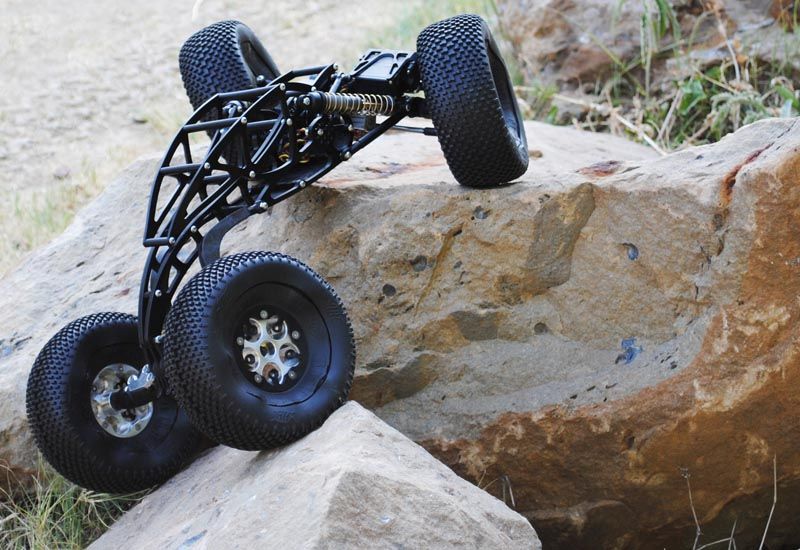
Whether it’s winter or not, having as good of grip as possible for your rock crawler is one of the most important aspects of racing or climbing because you can’t do good in a race without having good grip.
Applying the above-listed tips are sure to help you get the most out of your ride as they provide a better grip for excellent control and handling. Also, keep in mind that new tires will always win if you’re looking to get a really good grip out there on the track or while climbing terrrain.
Fresh number
RG-Nedel
Rodina
thematic applications
Union
Fresh number
.2022 13:00
Boris Zakharov
It happens that the tire is mounted "wrong side" when the rotation arrow or other rotation direction markers on the sidewall are turned in the opposite direction. What are the consequences of such errors?
Istock
To make it clearer what consequences the driver of a car with wheels installed, figuratively speaking, "back to front", may face, let's figure out what directional tires are.
In this rubber, the drainage grooves are located in the direction of rotation of the wheel, converging towards the center in the direction of rotation.
Directional tires can be symmetrical or asymmetrical. In the first case, the tread halves mirror each other, enhancing traction and drainage capabilities. In the second case, the pattern type is different on both sides. Tires with directional tread are also available in winter, all-weather and summer tires, studded and studless.
In this case, most often directional tires are found in winter and so-called "rain" models. You can distinguish tires with a directional tread by marking "Rotation", an arrow or triangular notches indicating the direction of the car.
Why and who should choose "directional" tires
The choice of tires with directional tread is justified, first of all, when you rarely leave the asphalt, that is, you move mainly in the city.
For rear-wheel drive vehicles, directional tires are also a smart choice and a way to increase traction, as the "driven" front wheels dry up the stretch of road before the rear wheels get to it.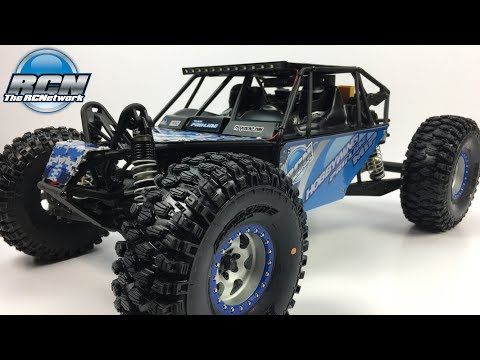 In addition, on winter snow-covered roads, the directional tread pattern helps to row snow and effectively remove it from the contact patch.
In addition, on winter snow-covered roads, the directional tread pattern helps to row snow and effectively remove it from the contact patch.
On packed snow, "directional" tires are again a priority. In summer, in addition to improved grip on wet surfaces, when choosing directional tires, we also get optimal driving stabilization. Such tires almost do not sag even at high speeds, and therefore are great for long-distance trips at a brisk pace.
What happens if you install directional tires incorrectly
Now imagine that an inexperienced tire fitter or you yourself installed "directional" tires "against wool, mounting them on the wheels with the opposite sidewall.
First of all, such an error will affect the braking distance, however, not as significant as many believe.On average, when braking from 100 km / h on a wet or slippery surface, the car will travel about 1 - 1.5 meters more than a car with the right shoes - the corresponding measurements were repeatedly carried out by experts from leading automotive editions
Hydroplaning problems are much more serious. When the wheels, mounted on the wrong side, fall into a puddle, water or snow porridge will not be evacuated from the contact patch, and a so-called hydrodynamic wedge will appear in this area. As a result, the car can lose traction and literally "float", losing contact with the road already at 70 km / h. Accordingly, when driving on the highway, when the cruising speed is an average of 110 km / h, driving on rubber installed against the wool becomes literally dangerous.
When the wheels, mounted on the wrong side, fall into a puddle, water or snow porridge will not be evacuated from the contact patch, and a so-called hydrodynamic wedge will appear in this area. As a result, the car can lose traction and literally "float", losing contact with the road already at 70 km / h. Accordingly, when driving on the highway, when the cruising speed is an average of 110 km / h, driving on rubber installed against the wool becomes literally dangerous.
It is also not surprising that the wrong orientation of the rubber complicates the control during extreme maneuvers, and also reduces the speed of their implementation. The steering angles increase and difficulties arise with the stabilization of the machine.
It is also clear that such tire fitting errors will lead to faster tire wear and higher driving noise. And, finally, problems can arise when driving on snow-covered primers. The tread of an incorrectly installed directional tire will collect snow in front of it and cause slippage.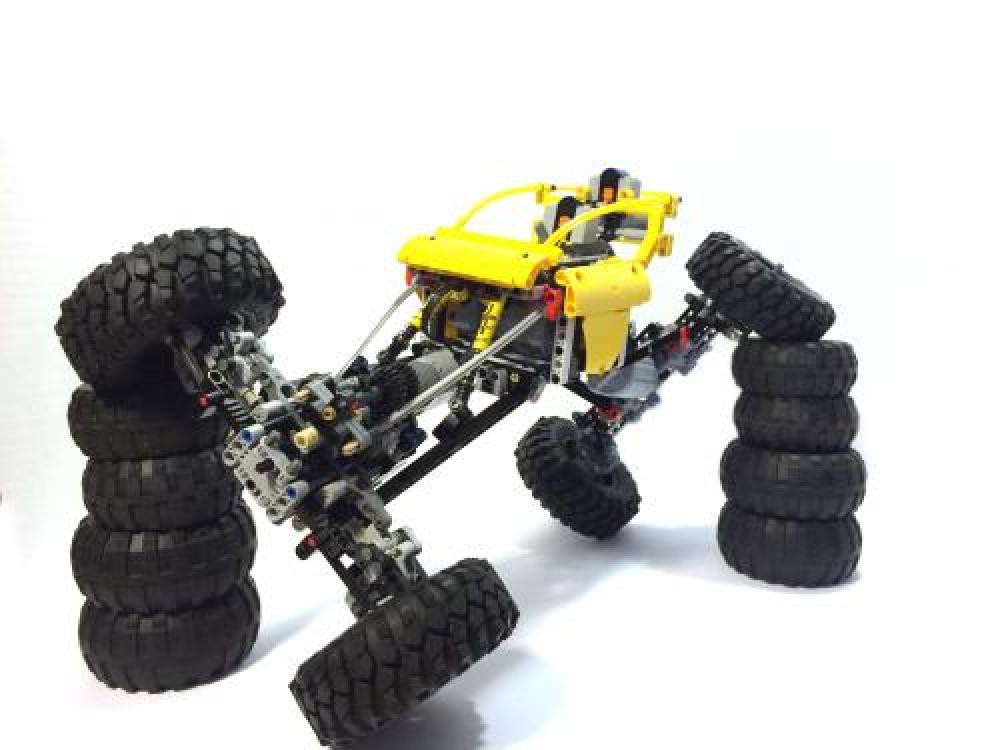
If only one wheel is incorrectly installed
It is especially dangerous when only one wheel is installed "against the course". In this case, the car will go off course due to different rolling resistance or due to different thrust vectors of the wheels of the left and right sides. In particular, sideways pulls will be observed, which will be especially noticeable when braking.
Also remember that if one of the wheels gets punctured, you may need to fit a spare tire. And if we are talking about a tire with a directional tread, then on one side of the car it will not work correctly. If this is the case, drive the spare tire with extra care without exceeding cruising 80-90 km/h
Benefits of installing directional rubber incorrectly
Perhaps the only advantage of installing directional rubber against wool is a slight improvement in flotation on the primer.
It is understandable - in this case, the protector will begin to better cling to loose or muddy surfaces. However, it is clear that no one in their right mind would specifically install rubber against the course in order to conquer off-road. It is much easier to simply lower the tires, thus increasing the contact patch and, accordingly, the patency.
However, it is clear that no one in their right mind would specifically install rubber against the course in order to conquer off-road. It is much easier to simply lower the tires, thus increasing the contact patch and, accordingly, the patency.
We also add that it is not formally prohibited to install tires with a directional tread pattern backwards in our country. However, despite this, be careful when picking up a car from a tire shop after a seasonal or forced change of shoes. By controlling the work of the masters, you care first of all about your safety.
Share
Ruffles - low pressure tyres. Usually these are large old tires of a tractor or truck, from which excess rubber has been “ripped off”.
As a rule, rims are made specifically for homemade all-terrain vehicles, but thanks to such wheels, any car will acquire the qualities of an SUV.
Encouragement allows you to overcome swampy, snowy and sandy terrain.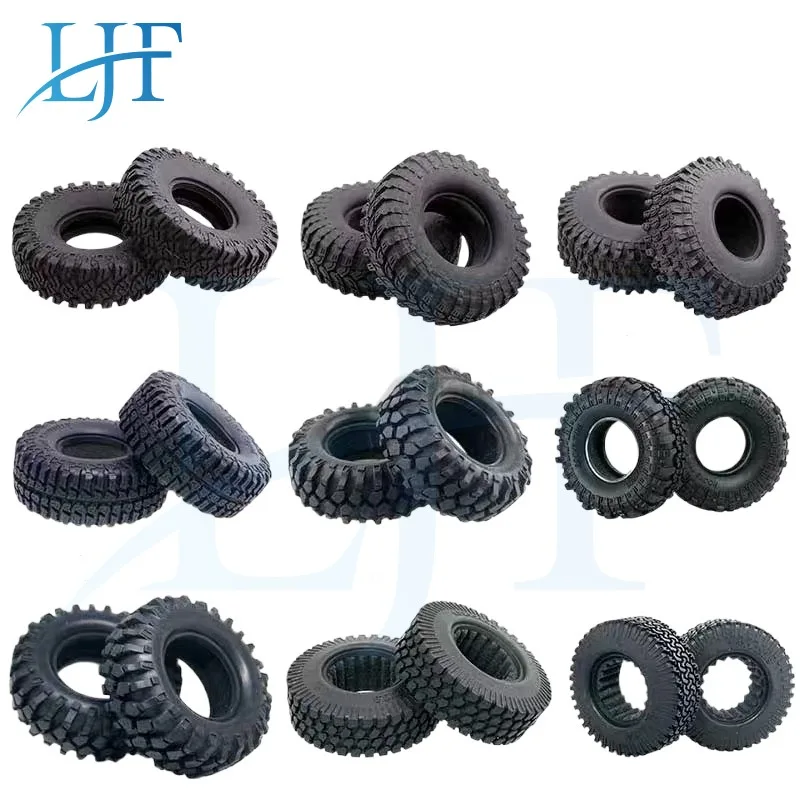 They show themselves well in agricultural work: you can drive through plowed fields without damaging the soil.
They show themselves well in agricultural work: you can drive through plowed fields without damaging the soil.
Advantages of over purchased wheels:
+ low cost;
+ excellent grip on almost any surface;
+ relatively light weight;
+ low pressure;
+ no harm to surface soil layers.
Fracture GID
Disadvantages of :
- such wheels wear out much faster than usual, especially on asphalt;
- additional load on transmission and suspension parts;
- punctured more often than ordinary tires;
- a car on rims must be registered as an all-terrain vehicle.
When making your own ruffles, you need to carefully consider the type of tread. The type of protector should be chosen depending on how and under what conditions you will operate the equipment.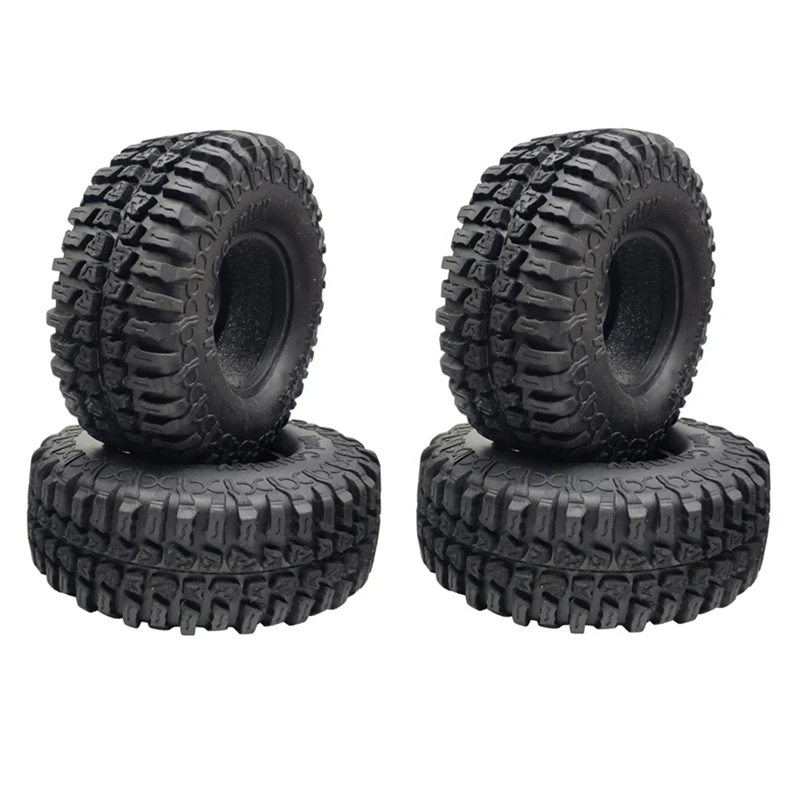
The is suitable for the on rural roads with a self-cleaning tread.
To overcome swamps , the tread grooves need to be slightly lowered for good grip.
For the movement of on snow and sand , it is better that the elements of the pattern are close to each other.
What do you need?
Preparatory step
1. Clean the tires from dirt and dry.
2. Mark the future tread pattern on the tire with a crayon or a marker.
3. There is wire around the inner perimeter of the tire. We make an incision with a construction knife to stretch it.
4. We hook the wire with a hook, fixing the tire, and use a winch to remove it.
Peeling
1. Cut the tire according to the marking.
2. We pull off the exfoliated rubber with the help of a winch, simultaneously cutting it with a knife.
3. Gradually peel off all the extra layers of rubber and cord, building a new tread pattern.
4. Clean the surface with sandpaper.
Installation of new rims
Wheel rims for puffers can be ordered or made by yourself. Then you should install them.
1. Insert the disc into the tire and coat the seats with polyurethane sealant.
2. Attach the beadlock ring and tighten the bolts evenly.